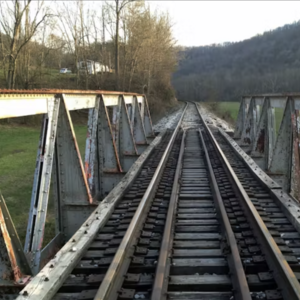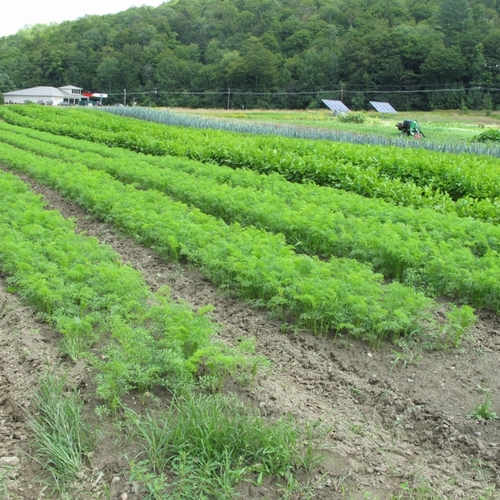
I saw a commercial the other day for yet another new prepared food product, Marie Callender’s Home-Style Pasta Creations, sold in microwaveable plastic containers that heat the pasta and sauce separately, presumably making them taste more like something you make at home. I don’t know how they taste, but it sure looks like they will produce a lot of plastic waste if they are successful. I was never a big fan of eating packaged meals at work myself, but I do realize that they are relatively inexpensive, and while not as cheap (or as healthy) as homemade meals, they are definitely easy.
Why do we need everything to be easy?
I recognize that we live in a fast-paced world, driving frantically from place to place, trying to fit work, play, family, hobbies, and exercise into days that often seem too short. It does seem to me that this type of lifestyle is ultimately a self-destructive one that we should strive to change. Getting back to food, one problem we face is that very few people cook anymore. Whether it is an issue of time, will, ability, or a combination, a large portion of our meals are either eaten out; ordered in; or prepared in a store or factory, brought home, heated, and eaten. We do this because it is easy. It doesn’t necessarily taste better, it certainly isn’t healthier, and it doesn’t cost more than cooking it yourself.
Not casting stones
While I enjoy cooking, and do so often, I will be the first to admit that I eat out more than I should. Although my fast-food habits lean toward burritos and pizza, and I almost never eat at chain burger or chicken places, I must admit that I am occasionally tempted by those advertisements for $2.99 value meals. Think about it: you can barely buy the raw ingredients for that price even if you wanted to cook it yourself. But then again, how bad will it taste and how much will it clog my arteries? These cheap meals are an indicator of our skewed priorities. We may not realize it, but food is pretty cheap, if not necessarily healthy or tasty. Food costs as a percentage of income have consistently fallen for several decades.
As a society, we have become addicted to cheap things. Whether it is a meal, a TV, a computer, or even a house—we always look for the “best” deals, and are proud when we get them, myself included. But are those deals as good as they seem? Lots of cheap fast food can lead to obesity, diabetes, and other long-term health problems. I finally gave up on cheap Windows-based PCs that kept crapping out and paid real money for a Mac (which, incidentally, still cost about 80% less than my first computer). For too many years, people bought houses based on the best price per square foot, which, as my buddy Peter Pfeiffer points out, is like buying cars by the pound. I am hopeful that with the reset in real estate values, we will begin to see more value placed on quality and efficiency in our buildings, displacing some of the emphasis on quantity.
Let’s get our priorities straight
It’s time to change how we value the things in our lives. We need to be willing to pay more for quality and stop trying to buy quantity at bargain basement prices. This goes for food, household products, and the houses we put them in. I am willing to spend more for high-quality food from locally owned businesses, live in a better, smaller home that is efficient and healthy, and purchase quality products that will last. I’m not all the way there yet; I still find it hard to pass up a bargain, but I am trying to make the change. If we give it a shot, we should end up healthier, happier, with a little less stuff in our smaller houses, and with fewer plastic lunch containers to throw out at the end of the day.
Weekly Newsletter
Get building science and energy efficiency advice, plus special offers, in your inbox.















0 Comments
Log in or create an account to post a comment.
Sign up Log in